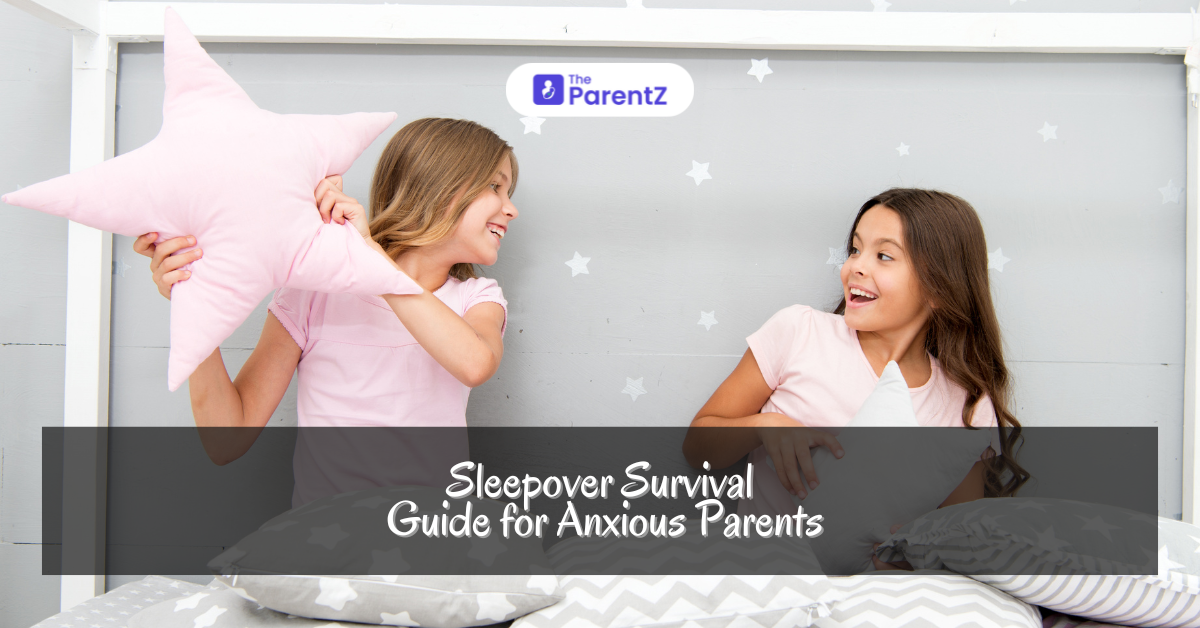Letting your child have a sleepover can be a nerve-wracking experience, especially for first-timers. But take a deep breath, anxious parents! Sleepovers are crucial to childhood development, fostering independence, social skills, and lasting memories. This guide will equip you with the tools to navigate pre-sleepover jitters, communicate effectively, and create a safe and comfortable environment.
Taming the Pre-Sleepover Jitters
Worrying about your child’s well-being is natural, especially when they’re away from home. Here’s how to manage your anxiety:
- Acknowledge your feelings: Validate your worries. Anxiety is a normal response to change.
- Focus on the positive: Remind yourself of sleepovers’ benefits. They build confidence, social skills, and independence.
- Practice relaxation techniques: Deep breathing, meditation, or mindfulness exercises can calm your nerves.
- Talk to your partner or a friend: Sharing your concerns can provide support and perspective.
Communication is Key: Talking to Your Child and the Host Parents
Open communication is vital. Here’s how to talk to everyone involved:
- Your Child: Discuss sleepover expectations. Talk about bedtime routines, dietary restrictions, allergies, and homesickness. Practice relaxation techniques together so they have coping mechanisms.
- The Host Parents: Get to know them! Discuss emergency contact information, dietary needs, allergies, sleep habits, and behavioral concerns. Ask about house rules and supervision plans.
- Your Child (Again): After talking to the host parents, address any additional questions or concerns your child may have. Reassure them that you’ll pick them up in the morning.
Creating a Safe and Comfortable Sleepover Sanctuary
Feeling safe and comfortable is crucial to a successful sleepover. Here’s how to prepare your home (if you’re hosting) and ensure your child’s comfort:
- Set Ground Rules: Discuss age-appropriate rules with your child and the other parents. These include screen time limits, bedtime routines, and areas off-limits.
- Prepare the Sleeping Area: Provide sleepover guests with extra blankets, pillows, and pajamas. Set up a comfy area for movies, games, or quiet reading.
- Stock Up on Snacks: Have plenty of healthy and fun snacks. Consider offering fruit, yogurt, popcorn, and water alongside some treats.
- Plan Activities: Plan a few fun activities, like board games, charades, or movie nights. This will help keep boredom at bay and encourage interaction.
- Pack a Comfort Kit for Your Child: Include familiar items like a favorite stuffed animal, a book from home, or a pillowcase.
The Psychological Impact: Benefits for You and Your Child
Letting go can be challenging, but sleepovers offer valuable psychological benefits for both of you:
- For Your Child:
- Independence and Confidence: Sleepovers allow them to experience a sense of autonomy without you there.
- Social Skills Development: They learn to navigate group dynamics, share, and resolve conflicts.
- Building Strong Friendships: Sleepovers solidify bonds and create lasting memories.
- For You:
- Reduced Anxiety: Seeing your child thrive in a new environment can alleviate your worries about separation.
- Quality Time for Yourself: Enjoy a relaxing evening, knowing your child is safe and having fun.
Conclusion
- Trust your gut. If something feels off about the sleepover, address it before sending your child.
- Be available but not overbearing. Let your child know you’re just a phone call away if they need you.
- Focus on the positive. This is a significant milestone in your child’s development, and you’re helping them grow into confident social individuals.
With some preparation and open communication, sleepovers can be a positive experience for everyone involved. Take a deep breath, parents! You’ve got this!








Be the first one to comment on this story.